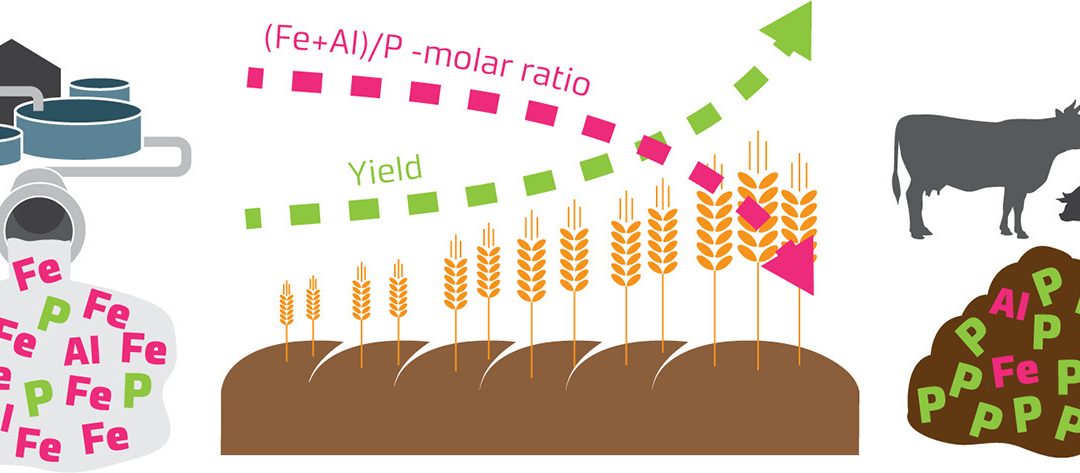Relative agronomic efficiency (RAE) of phosphorus (P) in nutrient-rich residues with different chemical characteristics must be known in order to optimize their use as fertilizers, to avoid underfertilization of crops or eutrophication of surface waters due to overfertilization. In this study, we determined the chemical characteristics and RAE of manures (cattle, pig, fox) and sewage sludges subjected to different treatments (anaerobic digestion, composting, lime stabilization, thermal hydrolyzation, pyrolyzation, hydrothermal carbonization (HTC)) by growing barley (Hordeum vulgare, var. Elmeri) to maturity in three independent growth trials. All manures had high RAE (up to 189% in pig slurry), while RAE was only 6–17% for digested and composted sewage sludges when precipitation with Fe used for P removal from wastewater.Follow the link for access to the full publication https://doi.org/10.1016/j.scitotenv.2021.145618
Recent Posts
- Effects of biobased fertilisers on soil physical, chemical and biological indicators – a one-year incubation study
- Phosphorus – a finite and strategic resource for agricultural production and food security
- Unlocking the Potential: Navigating Barriers and Embracing Drivers for Biobased Fertilisers
- Lex4Bio project presented at the Phosphates Conference 2024, Poland
- New biobased fertilisers with high fertiliser efficiency
Archives
- April 2024
- March 2024
- February 2024
- January 2024
- December 2023
- November 2023
- October 2023
- September 2023
- July 2023
- June 2023
- April 2023
- March 2023
- February 2023
- January 2023
- November 2022
- October 2022
- September 2022
- August 2022
- July 2022
- June 2022
- May 2022
- February 2021
- February 2020
- December 2019
- June 2019

